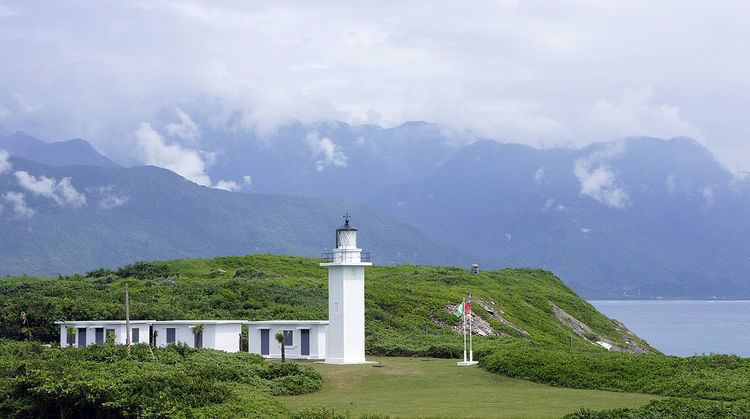Year first constructed 1931 (first) Foundation concrete Height 7.6 m | Year first lit 1964 (current) Construction concrete tower Opened 1931 | |
 | ||
Location QilaibiHualien CountyTaiwan Tower shape pentagonal prism tower with balcony and lantern Hours Open today · Open 24 hoursTuesdayOpen 24 hoursWednesdayOpen 24 hoursThursdayOpen 24 hoursFridayOpen 24 hoursSaturdayOpen 24 hoursSundayOpen 24 hoursMondayOpen 24 hoursSuggest an edit Similar Chihsing Tan Katsuo Museum, Qixingtan Beach, Beibin Park, Chisingtan Scenic Area, Fangyuan Lighthouse | ||
Travel ying hualien taiwan
Qilaibi Lighthouse (Chinese: 奇萊鼻燈塔; Hanyu Pinyin: Qíláibí Dēngtǎ; Tongyong Pinyin: Cíláibí Dengtǎ) is one of several lighthouses in Taiwan. It is located in Qilaibi to the north of Port of Hualien in Hualien County. Today Qilaibi Lighthouse is overseen by the Customs Administration of the Ministry of Finance. The lighthouse is built between the Central Mountain Range and the Pacific Ocean. The lighthouse is not open to the public all year around.
Contents
Name Origin
The lighthouse takes its name from Kiray, a former name of Hualien City and a name used in the Hualien area that refers to the Sakiraya people.
Japanese rule period
The original lighthouse was built by the Japanese in 1931. The building is 7.6 meters high, concrete and white. The acetylene flashing light once used in this lighthouse utilized pressure-regulated acetylene and a timing device, to flash once at a regular 3-second interval. During World War II, the lighthouse was seriously damaged by Allied bombing.
Present
In 1963, in order to help nearby Hualien Harbor become an international port, a new lighthouse, consisting of a white pentagon concrete building, was built on the original lighthouse base. The newly built Qilaibi Lighthouse used a 4th class white light electric lamp, the light flashing 3 seconds and dimming 3 seconds at a regular 6 second intervals, and the luminous intensity is 28,000 cd. In 1973, a non-directional beacon pole was added, with output power 100 watts and range 100 nms, to function in coordination with the Lyudao Lighthouse, also a non-directional beacon pole, for the ships mutual positioning. In 1985, a radar beacon pole was set. Then finally, in 1992, the communication systems were comprehensively changed into a dual-frequency radar beacon pole.
